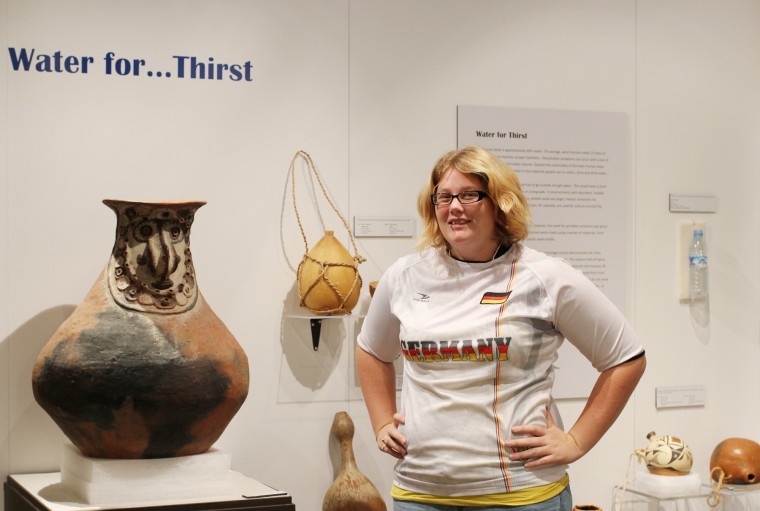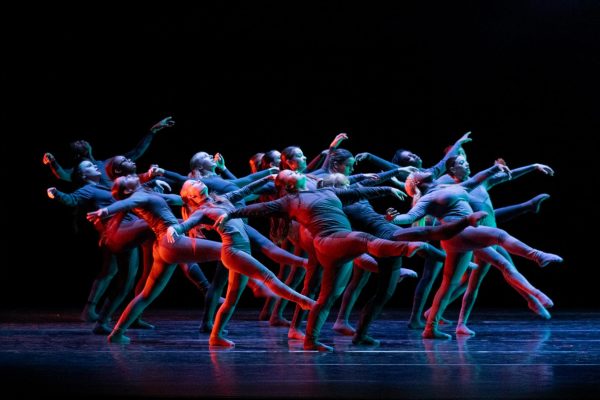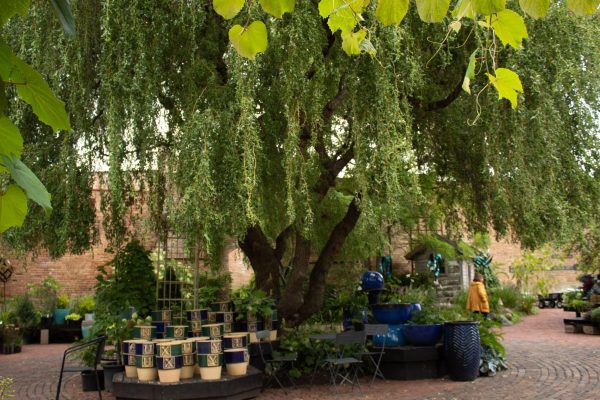Anthropology Museum hosts exhibit on water
Anthropology Museum Docent, Paige Drauden, senior anthropology major, poses in front of a section of the Water for Life Exhibit in NIU’s Anthropology Museum located in Cole Hall Friday afternoon. The exhibit explores the multiple ways societies have utilized water throughout history.
November 11, 2012
There are more than 326 million trillion gallons of water on Earth.
If 71 percent of the Earth’s surface is covered with water, then it is important to know more about it. Water for…Life is an exhibit in the Anthropology Museum that offers very interesting information about, you guessed it, water.
It seems simple, right? Wrong. The exhibit offers four unique areas about the significance of water.
Water for Transport
Before planes, trains and automobiles (and Steve Martin and John Candy) people used water as a means of transportation. According to the exhibit, the oldest known boat is said to be 10,000 years old. The models of boats throughout time are very impressive because they were made with great attention to detail.
Water for Ceremonies
According to the exhibit, water drums are considered a sacred instrument in Native American culture. Water drums create unique sounds because the amount of water inside varies the pitch. These drums looked really cool. They definitely aren’t something I’d bring to my next Rock Band 2 jam session, but I would have really liked to try them out.
Water for Thirst
Sometimes we take for granted how convenient it is to quench our thirst. This exhibit shows different canteens from various countries and centuries. Could you imagine walking for miles to a river because you were thirsty? I would be thirsty just from walking that far.
Water for Hunger
The human body is about 60 percent water. Our dependence on this life-affirming element not only effects our thirst but our hunger. Water enables the creation of nutrients. It also allows us to eat foods like fish, shrimp and mussels. Obviously, we need water much more often than on a hot midsummer day.
Overall, I liked the exhibit. Although it’s pretty small, it’s a quick and easy way to learn a lot about something we use every day. Do not expect your mind to be blown, but plan on learning at least a few things you didn’t know before about water.
Water for…Life is located in the Anthropology Museum in Cole Hall. The museum is open from 10 a.m. to 4 p.m. Tuesday through Friday and noon to 4 p.m. Saturday.












